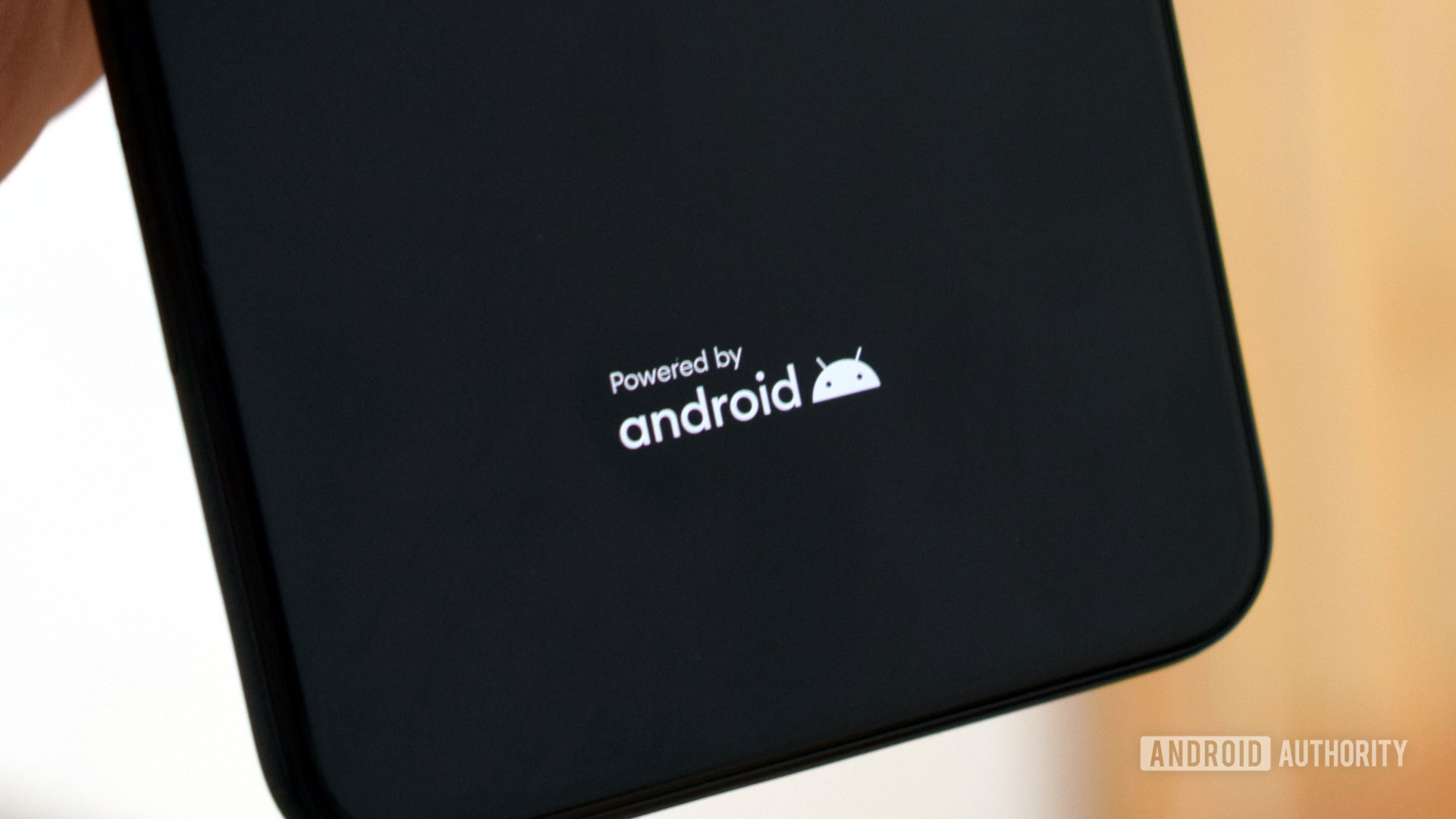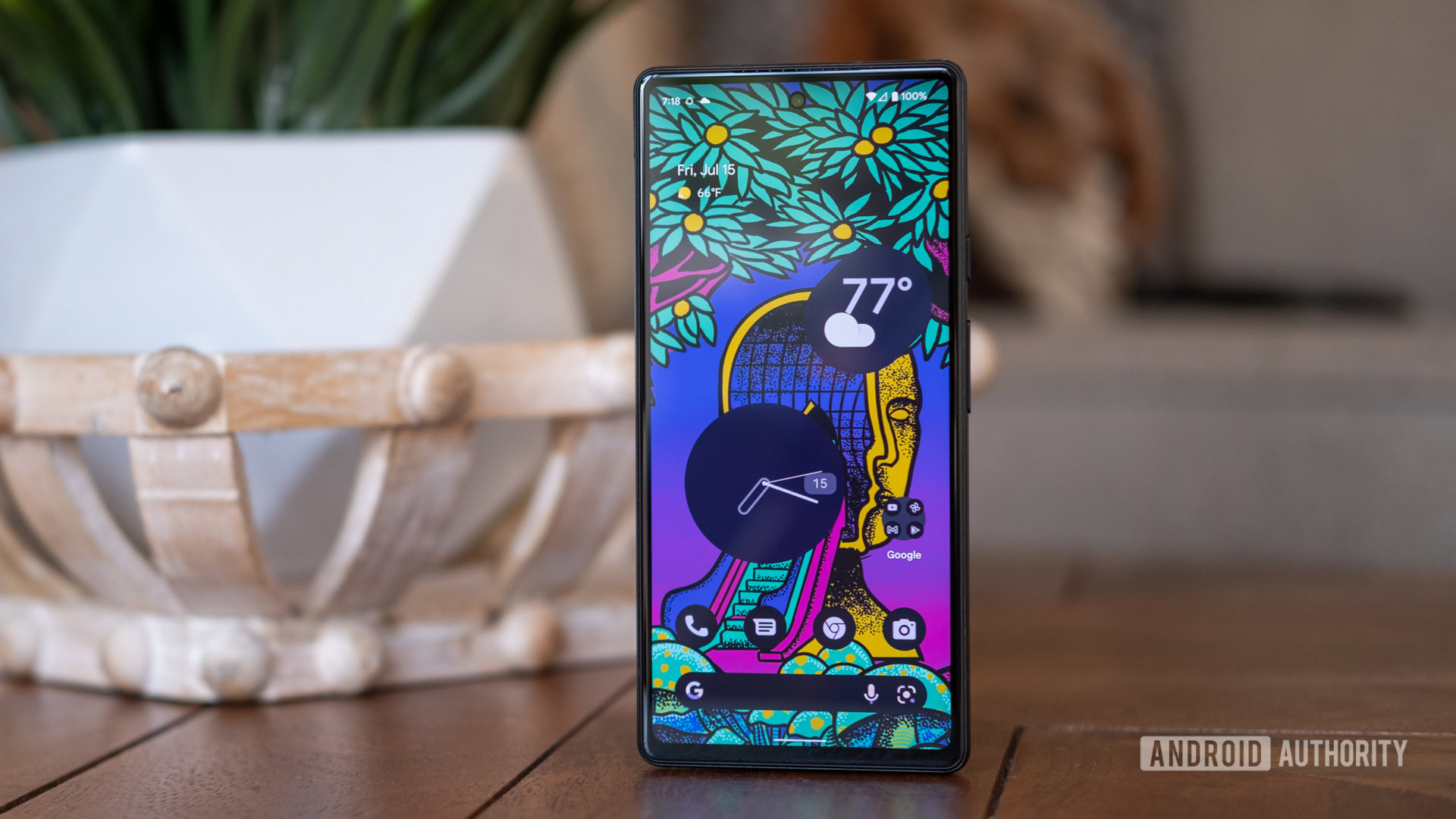Affiliate links on Android Authority may earn us a commission. Learn more.
Daily Authority: 📱 A high RISC move for Android?

☕ Hey there! I wish CES would shift back a week or so. I’m still trying to find my feet again after the festive season, but the expo really throws you into the deep end. Anyway, we’ve got plenty of news from Las Vegas as well as a major featured story for Android below.
Android gains RISC-V support

Computer architectures are essentially how processors think, and Android supports two popular architectures in the consumer market. These supported architectures are Arm and x86. The former is a power-efficient architecture used for smartphones, tablets, wearables, and a small number PCs. Meanwhile, the latter is used for Intel and AMD chips inside the vast majority of computers.
However, it turns out that Android is coming to a third architecture after Google announced that it’s bringing Android support to RISC-V.
What to know about Android for RISC-V
- The news was confirmed by Google at the RISC-V summit last month and spotted by Ars Technica.
- This support is limited to a command line right now, with emulator support coming soon.
- Google says it’ll also bring Android RunTime (ART) support for Java at the beginning of 2023.
- ART support opens the door for apps, a user interface, and plenty more capabilities.
- The company also posted a to-do list, and there’s definitely a long way to go.
- In saying so, Android on RISC-V is 64-bit only, in line with Google’s long-term plan for Android and the Pixel 7 series.
- This isn’t the first time Android has supported anything other than Arm or x86, though.
- The platform also supported the legacy MIPS architecture until 2018.
So why does this matter?
- RISC-V has gained a lot of steam over the years thanks to its open-source nature. So anyone can make RISC-V chips without paying a licensing fee.
- By comparison, firms wanting to make Arm-based chips (e.g. Apple, Qualcomm, MediaTek) need to pay Arm for a licensing fee.
- This could make for cheaper chip development and lower device costs.
- Android’s RISC-V support also comes after a somewhat torrid couple of years for Arm.
- NVIDIA abandoned its deal to buy Arm back in February 2022, with Arm then announcing plans for an IPO.
- More recently, Arm filed a suit against Qualcomm after the US firm bought silicon startup Nuvia.
- Qualcomm apparently filed a countersuit, claiming that Arm plans to make drastic changes to its licensing model.
- So it looks like the mobile industry could finally have an alternative to Arm. And one that’s largely free of drama, to boot.
- Ars Technica‘s Ron Amadeo also pointed to the US/China trade war as a reason why Chinese companies are embracing RISC-V.
- After all, HUAWEI’s access to Arm designs was cut off after the US trade ban against the Chinese smartphone brand.
- You can watch our own Gary Sims explain all the major differences between Arm and RISC-V in this YouTube video.
Don’t expect a RISC-V phone from a major brand yet
- We shouldn’t expect the likes of Samsung or Xiaomi to offer a RISC-V phone any time soon.
- Google noted that Android for RISC-V is still in a basic state right now. It doesn’t even have a user-interface or app support.
- So there’s clearly still a lot of work to do.
- It’s also worth noting that while RISC-V chips are very capable of running Android, they’re not quite comparable to the latest Arm designs.
- RISC-V chipmaker SiFive says its recently announced P670 chip has performance comparable to the Arm Cortex-A78 CPU.
- The Cortex-A78 was the medium CPU core in 2021’s flagship Android phone chips.
- The latest Arm chipsets like the Snapdragon 8 Gen 2 and MediaTek Dimensity 9200 use the Cortex-A715 which is two generations ahead of the Cortex-A78.
- Still, Qualcomm already uses RISC-V-based microcontrollers for low-level processing in Snapdragon smartphone SoCs. Zepp Health has also created a RISC-V processor for its Amazfit smartwatches. So the industry is already embracing the tech to some extent.
Roundup
⚡ Does Qi2 mean MagSafe is coming to Android?: An interesting look at what the new wireless charging standard means in this regard (Android Authority).
📱 The Samsung Galaxy A14 5G has a big screen and a small price (Android Authority).
🎮 Project Leonardo is a very different PS5 controller for gamers with disabilities: Sony’s Adaptive Controller rival is finally here (Android Authority).
🕹️ The person behind popular PS2 emulator AetherSX2 for Android has ceased development, citing death threats: This is why we can’t have nice things (Android Authority).
💩 A mass extinction is taking place in the human gut: Scientists are storing poop to preserve our gut bacteria. Any volunteers? (Wired)
💻 Plenty of laptop news at CES too: The MSI Titan GT77 offers a 4K/144Hz mini-LED screen, the 2023 ASUS Zenbook 14X brings 13th gen Intel chips and a higher refresh rate, and the ASUS Chromebook Vibe CX34 Flip is targeting cloud gamers (Android Authority).
💪 AMD has also announced Ryzen 7040 laptop chips with integrated AI silicon: The company says this is the first dedicated AI hardware on an x86 processor (Android Authority).
🎮 Asus’ new Xbox controller rocks an OLED display and tri-mode connectivity: The screen is used to show battery life, mic status, custom animations, and more (Android Authority).
🙌 Sony says the PlayStation 5 shortage is over (The Verge).
🏎️ Speaking of Sony, we also got a sneak peek at the new Gran Turismo movie (Sony Pictures/YouTube).
📺 Roku to sell its own smart TVs this spring with Roku OLED TVs coming later (Android Authority).
Thursday Thing
I know nothing about darts, but this clip showing the world championship final between Michael Smith and Michael van Gerwen is making waves online. The Guardian went so far as to call it “the most remarkable 61 seconds the sport has ever seen.” More specifically, Smith hit a nine-darter, which is a perfect leg. Again, I’m not a darts person, but the crowd’s reactions tell the whole story.